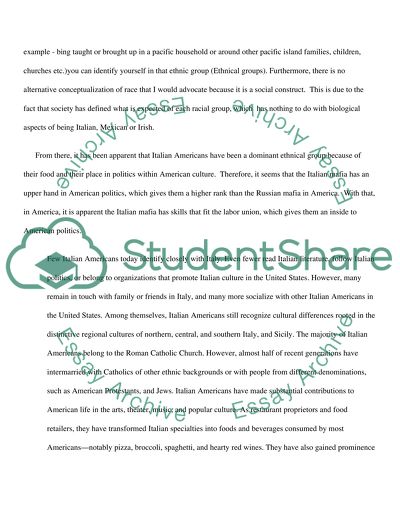Cite this document
(Racial and Ethnic Groups in the United States Essay, n.d.)
Racial and Ethnic Groups in the United States Essay. https://studentshare.org/sociology/1504991-racial-and-ethnic-groups-in-the-united-states
Racial and Ethnic Groups in the United States Essay. https://studentshare.org/sociology/1504991-racial-and-ethnic-groups-in-the-united-states
(Racial and Ethnic Groups in the United States Essay)
Racial and Ethnic Groups in the United States Essay. https://studentshare.org/sociology/1504991-racial-and-ethnic-groups-in-the-united-states.
Racial and Ethnic Groups in the United States Essay. https://studentshare.org/sociology/1504991-racial-and-ethnic-groups-in-the-united-states.
“Racial and Ethnic Groups in the United States Essay”. https://studentshare.org/sociology/1504991-racial-and-ethnic-groups-in-the-united-states.


